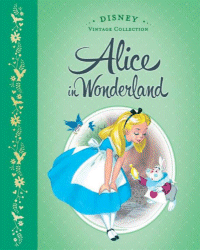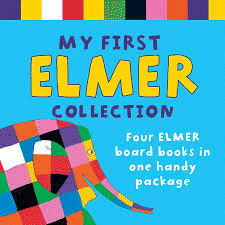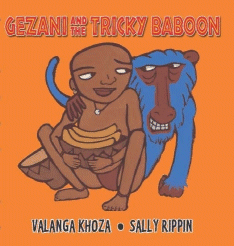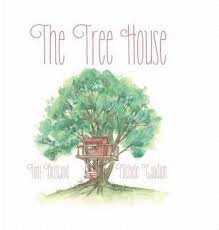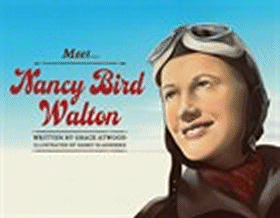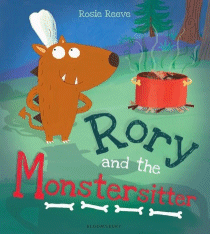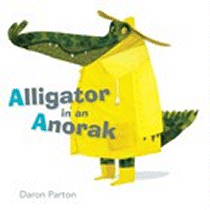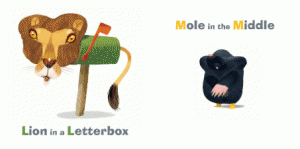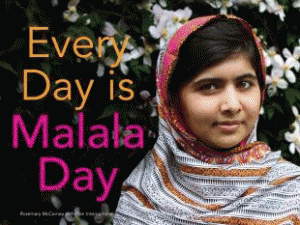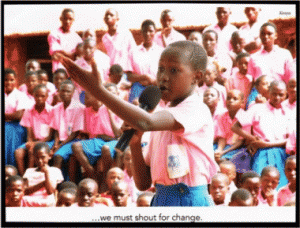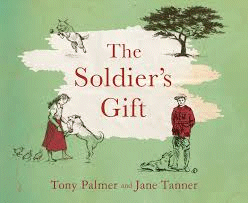
The Soldier’s Gift
The Soldier’s Gift
Tony Palmer
Jane Tanner
Penguin, 2014
hbk, 40pp., RRP $A26.99
9780670077571
Ebk RRP $A7.99
9781743482131
There is always work to be done on Hillside Farm – except on Sundays. Sundays are a day of rest and, on this prophetic Sunday, Tom takes his younger sister Emily to a special place high on a ridge overlooking the land below. On it is a lone cypress tree planted by their mother as a tiny seed many years before they were born. Now it is her memorial.
All is not idyllic on Hillside Farm though. It is 1915 and each week the postman brings the newspapers which Emily reads and when Uncle Francis comes to visit, she hears him talking to her dad about the war and the young local men who are dead, missing or wounded. But Emily is hardly concerned for it is on the other side of the world. However, when Uncle Francis suggests that Tom might be branded a coward if he doesn’t enlist, it comes to her peaceful home and sets in train events that seem inexorable. “Everyone else is going” does not seem a good reason to Emily when it becomes clear Tom is going to enlist, and as he sets out, standing so straight and tall and looking so grown-up in his uniform, not even his promise to write can stop Emily’s tears flowing.
Tom does write -funny, serious, and sad letters. In one he sends Emily some seeds given to him by another soldier “from a pine tree here in Turkey”. But no more letters follow and when Emily’s father finally gets the telegram he has been expecting, it has a devastating effect. Emily runs to her mother’s tree and just sits, not even noticing her dad coming to get her and carrying her home. That night, in a massive storm, the tree is destroyed. Emily’s father withdraws into himself, wearing his grief like a heavy overcoat and Emily cannot reach him. But one day she show Uncle Francis the seeds Tom had sent and he persuades her to plant them and nurture them…
This is a most sensitive story that has the events at Gallipoli as its backdrop, not its focus. While our students learn about the events at Gallipoli and appreciate them, it is difficult for them to connect with what life was like at the time in Australia. It’s like they have an episode in time captured in a bottle without reference or links to anything beyond those historical facts. A Soldier’s Gift helps them connect to life at the time by showing that it was just ordinary young men who were at the heart of this conflict, young men with families at home but a sense of duty to King and country calling them louder. It shows the despair and hopelessness and grief that families suffered when the longed-for letters stopped coming, families grieving then at the loss of their loved one just as families grieve now. But Emily’s planting of the seeds, their growth into seedlings and their need for protection which finally draws her father forward is symbolic of planting and nurturing hope for an enduring peace. Just as Tom’s trees fight the odds for survival, so might the world. Is his gift is more than a handful of seeds that look like dried moths.
Jane Tanner’s illustrations are superb in helping to make those connections. In muted tones that suggest both the mood and the times, they provide exquisite detail of the period, particularly those featuring the interior of the house, but also the calm, carefree lifestyle as chooks scratch in the garden and dog Roo runs free. This “ordinariness’ is highlighted by the illustrations on the endpapers- sketches of family photographs, marriage certificates and magazine covers but ominously interspersed with reminders that there is a war being fought and its fingers are stretching out to touch all that is known and cherished.
On the final page following some notes about the war in Europe and at home, Tony Palmer makes reference to the seeds from the Aleppo Pine – the famous Lone Pine – that we know came back to Australia and are now thriving trees at the Shrine of Remembrance in Melbourne and the Australian War Memorial, and suggests that these might not be the only ones that came back. Tom may have sent some too.
Given that it is not until students are in Year 9 – 14 or 15 – that they formally study World War 1 in the Australian Curriculum history strand, literature is the only way that most students can connect with the events that changed Australia for ever and which will be such a strong focus over the coming months as the centenary of World War 1 and Australia’s role within it are commemorated. A Soldier’s Gift should be an integral part of that story.
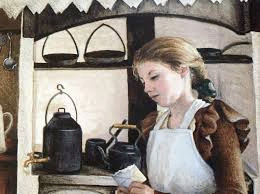
A peek inside
